The Cost of Home: Optimizing Land Use for Affordable Homes
Twin Cities Habitat for Humanity supports Cost of Home, a national campaign to increase housing affordability for ten million people in the next five...
3 min read
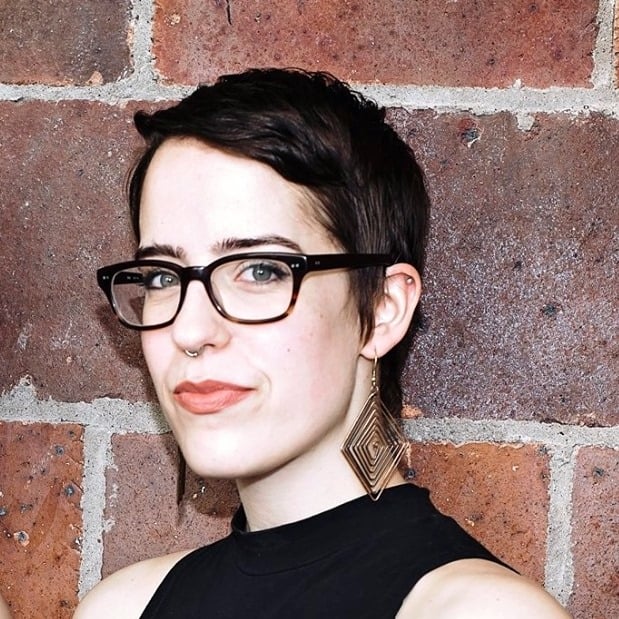 Julia Hobart
:
1:11 PM on August 14, 2020
Julia Hobart
:
1:11 PM on August 14, 2020
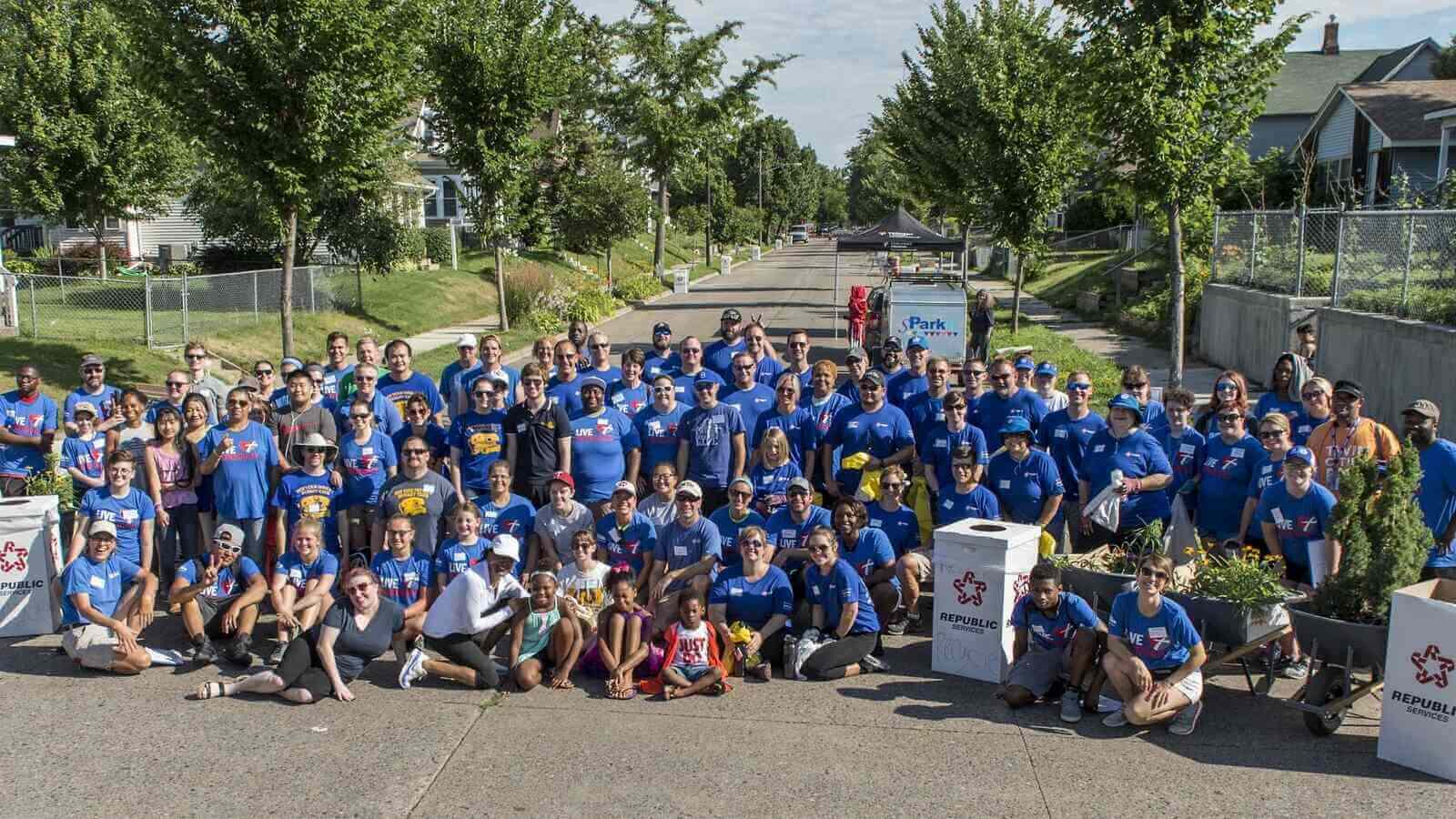
Twin Cities Habitat for Humanity supports Cost of Home, a national campaign to expand housing affordability for ten million people in the next five years. The Cost of Home has four policy priorities:
Today, we’re exploring the fourth and final priority. Take a peek at our blogs on the other three!
Home is the foundation for everything else in our lives. Homeownership has been linked to improved health, educational outcomes, financial opportunity, and more. We also know that home is more than just a building: it includes the community we live in and the resources available to us and our neighbors.
In a community of opportunity, residents have equitable access to healthcare, education, transportation, and banking. They can live comfortably without fear of displacement and gentrification. And they can feel safe in their own homes, invested in the neighborhood, and proud of their community. When these things are true, the benefits of homeownership extend beyond the building.
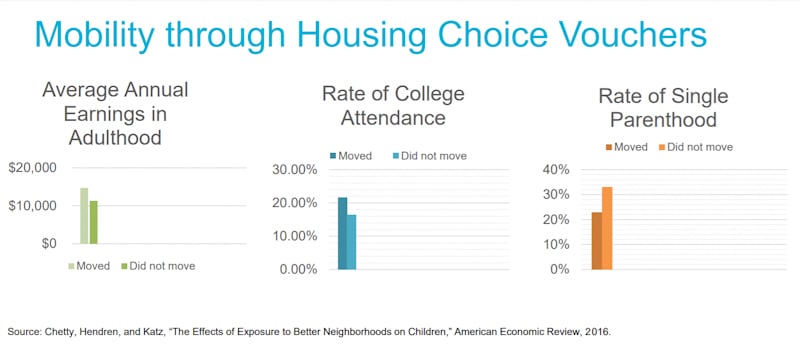
This graph, created by HFHI, illustrates the impact that moving to a higher-opportunity neighborhood had on children. The benefits of living in a community of opportunity touch all areas of life.
Habitat for Humanity International (HFHI) outlines three main goals for ensuring access to and development of communities of opportunity through the Cost of Home campaign.
At Twin Cities Habitat, we work towards these goals in a variety of ways. Through programs like A Brush With Kindness and Age Well At Home, we partner with homeowners to help them keep up with repairs and continue living safely in their homes as they age. Our Neighborhood Revitalization program puts place and community first through strategic collaborations, community engagement, and block beautification projects. And our Foreclosure Prevention program makes sure that folks who already own a home are not displaced due to late mortgage or property tax payments.
Neighborhood Revitalization
Polina Montes de Oca, Neighborhood Revitalization Program Manager, emphasizes the impact of history on community development efforts.
“Many residents do not trust housing or lending entities because of years of abuse and trauma,” she said of her work in the historically disinvested Jordan Neighborhood of North Minneapolis. She added, “In communities of opportunity, healing and trust are essential in fostering transformative relationships. Jordan Area Community Council (JACC), our main partner in the Jordan neighborhood, supports us in bridging those relationships with residents.”
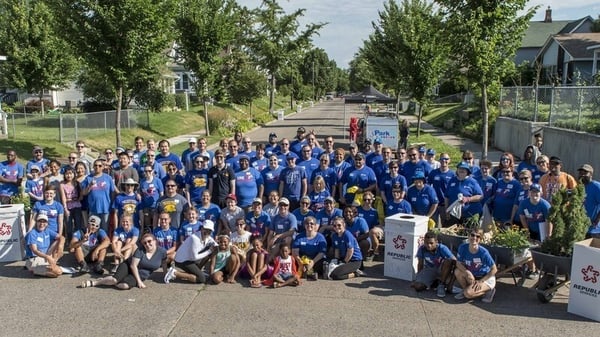
Volunteers working to beautify the neighborhood at Jordan Week of Kindness, an annual event hosted by the Neighborhood Revitalization Program and community partners in North Minneapolis.
A Brush with Kindness
Through A Brush With Kindness, Program Manager Mike Robertson partners with low-income homeowners who may lack the financial resources or expertise to keep up with home maintenance.
“The lack of economic or employment opportunities, the concurrent lack of well-resourced schools, and the general disinvestment in communities where our clients live creates enormous challenges for them,” Mike says. When his team helps preserve or improve existing homes, “it allows homeowners to focus on other important areas of their lives, like employment or education, without the constant stress of home repairs hanging over them. Homeowners have a renewed sense of pride in their homes.”
The homeownership journey doesn’t end when a family closes on their home. In fact, that’s just the beginning. By partnering with existing homeowners to preserve their homes, expand opportunity, and prevent displacement, Twin Cities Habitat works towards a vision of community opportunity for all.
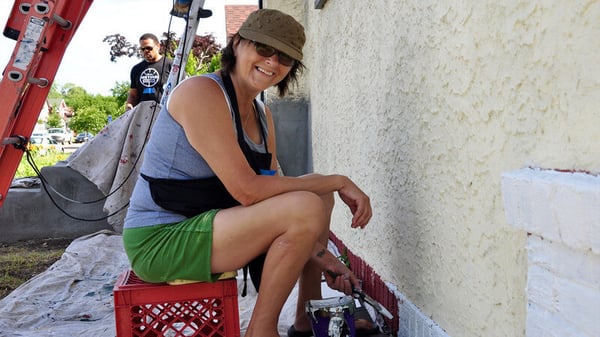
An A Brush with Kindness volunteer helping to repair a home.
We all have a part to play in advocating for access to and development of communities of opportunity. Here are just a few of the many policy tools at our disposal:
Twin Cities Habitat has advocated for each of these strategies in various ways. In recent years, we have advocated for public funding to support home rehabilitation. This spring, we supported protections for tenants in the City of St. Paul, including a provision for “just cause” evictions. (These were passed in July! Read more here.) In partnership with neighborhood associations and other community groups, we have involved community in decision-making for big redevelopment projects, such as the Ford Development Site or the former Hillcrest Golf Course. Last year, we stood with other advocates to demand inclusionary zoning in the City of Minneapolis. This required for-profit developers receiving city subsidy to reserve a portion of units for affordable housing. And this last winter, we provided comment to the City of Minneapolis as it evaluated programs to promote perpetually affordable housing throughout the City.
In advocating for these strategies, we join the efforts of program staff, volunteers, and community members who work to ensure that everyone can live and thrive in a community of opportunity. Will you join us today? Sign up for action alerts here.
Your gift unlocks bright futures! Donate now to create, preserve, and promote affordable homeownership in the Twin Cities.
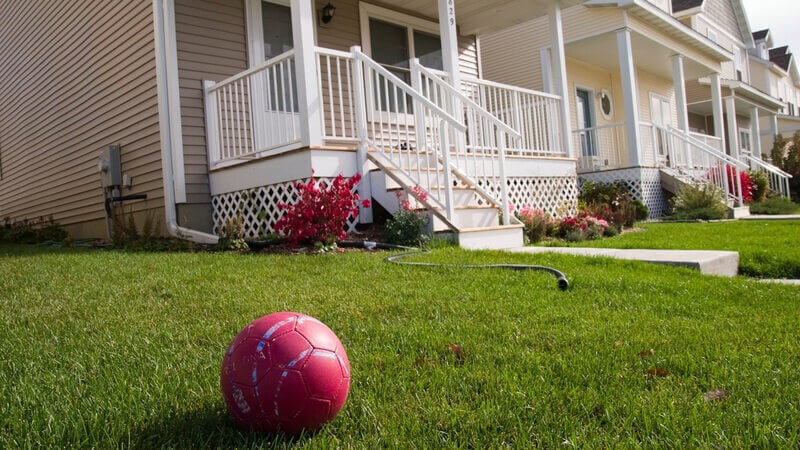
Twin Cities Habitat for Humanity supports Cost of Home, a national campaign to increase housing affordability for ten million people in the next five...
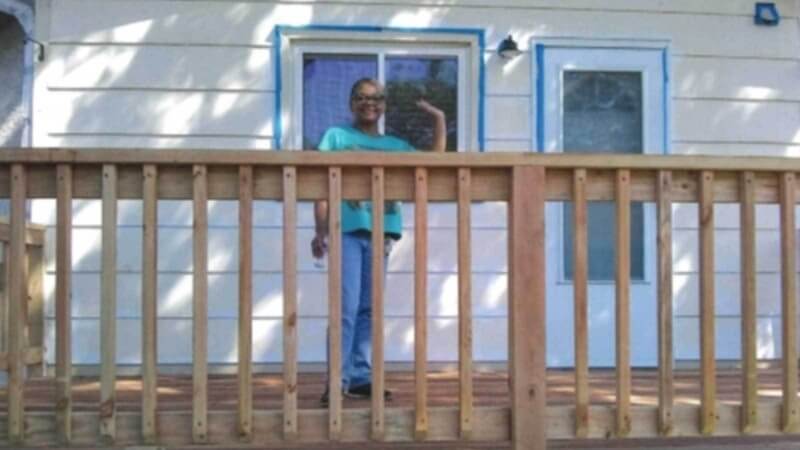
Guest Blog by Mike Robertson, A Brush with Kindness Program Manager
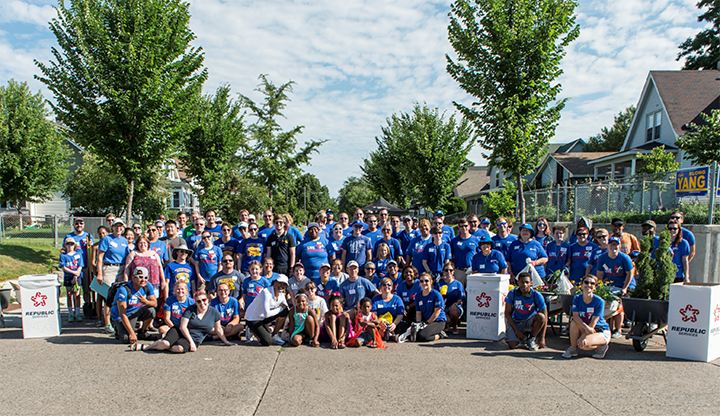
Twin Cities Habitat is proud to partner with the Jordan Area Community Council to bring the 3rd Annual Jordan Week of Kindness. We're celebrating our...